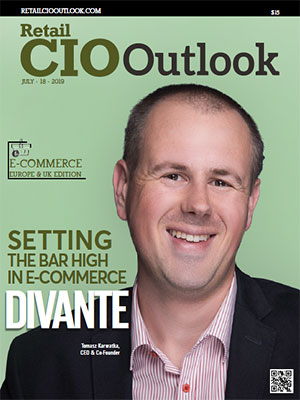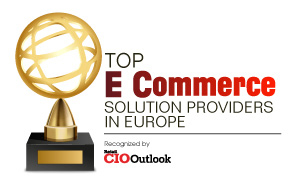The E-commerce industry has experienced steady growth with consumers increasingly relying on online shopping. Since, setting up an online business nowadays is easier than ever, even with limited capital, it has opened the doors of opportunity to countless marketers.
As the E-commerce growth in the UK continues to trend upwards at a steady pace, the most contributing factor seems to be the large number of stores closing in the UK high streets. Alongside, the growth in internet penetration rate in Europe is definitely an influential factor.
While the online shopping gathers momentum, UK consumers have been interacting with retailers in unprecedented ways. This has led E-commerce businesses to drive significant innovations such as the use of artificial intelligence and virtual reality to change the consumer experience for the better. An increasing number of online businesses are using chatbots to attend to customer queries, providing a higher degree of responsiveness than ever before.
Voice commerce is another area that is getting more recognition in the mobile E-commerce market with in-home devices becoming the public face of voice commerce. More shoppers have begun using voice commands to search and buy specific products. Alongside voice, visually-driven E-commerce is simultaneously gaining traction making both voice and image shopping the next logical phase in mobile E-commerce.
Also joining the E-commerce bandwagon are social media platforms like Instagram that are gaining added advantage from the move to visual commerce. A growing number of brands are turning to social media to combine the power of the platform with visual search. The old ways of advertising are nearing their end: consumers want real stories from real people, and to share knowledge and information. And social sites are offering that in spades.
Not to be left out, retail stores are embracing E-commerce with the use of scan and go technology allowing shoppers to use the retailer’s app on their mobile phones to scan the goods they want before checkout. With this, mobile is effectively on its way to cement its position as the go-to device for E-commerce. All these changes will invariably have a resounding impact on logistics as consumers will start demanding deliveries at the location and time they decide works best for them. Logistics companies and retailers alike are seeing the need to invest in online and particularly mobile tech to offer consumers applications that offer them more control over deliveries. To make this happen while doing so cost effectively for the ever-demanding consumer will be the challenge.
Among these constantly evolving features in E-commerce, commercial organizations need to find the perfect combination of a business model and an E-commerce platform to offer the best customer support. In an era where technology is helping overcome challenges, we assist CEOs and CIOs in finding the right E-commerce solution for their enterprise. This edition provides insights into how to use these solutions to efficiently create and manage their organization's retail policies while automating manual processes and improving customer reach.
We present to you Retail CIO Outlook Magazine’s “Top 10 E-commerce Solution Providers in UK – 2019.”


















